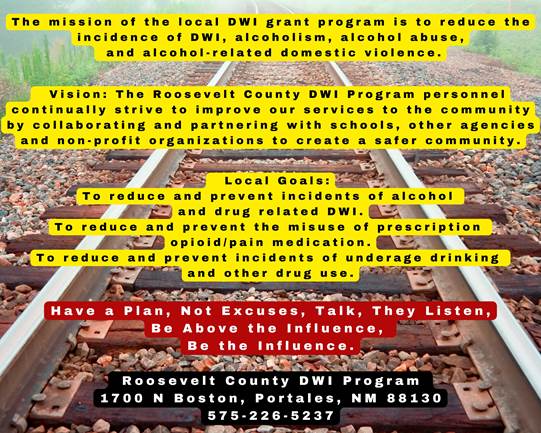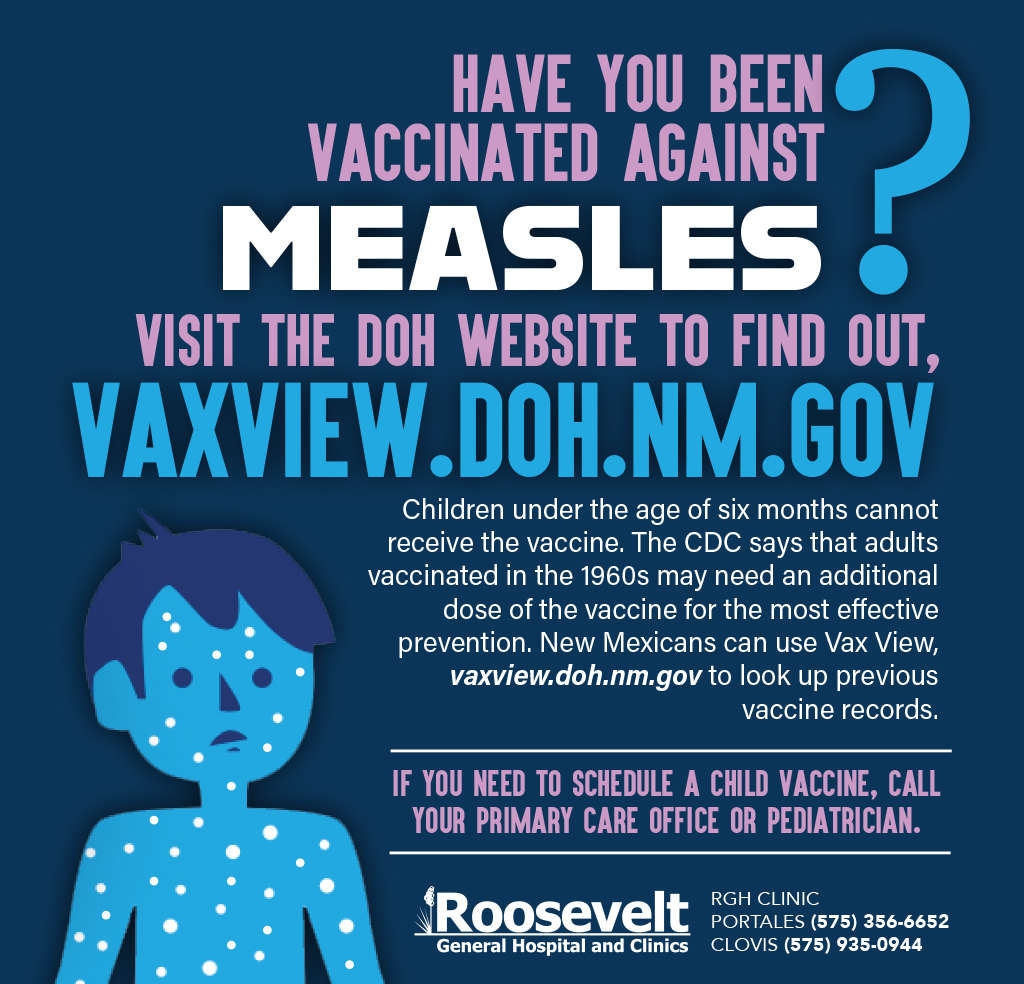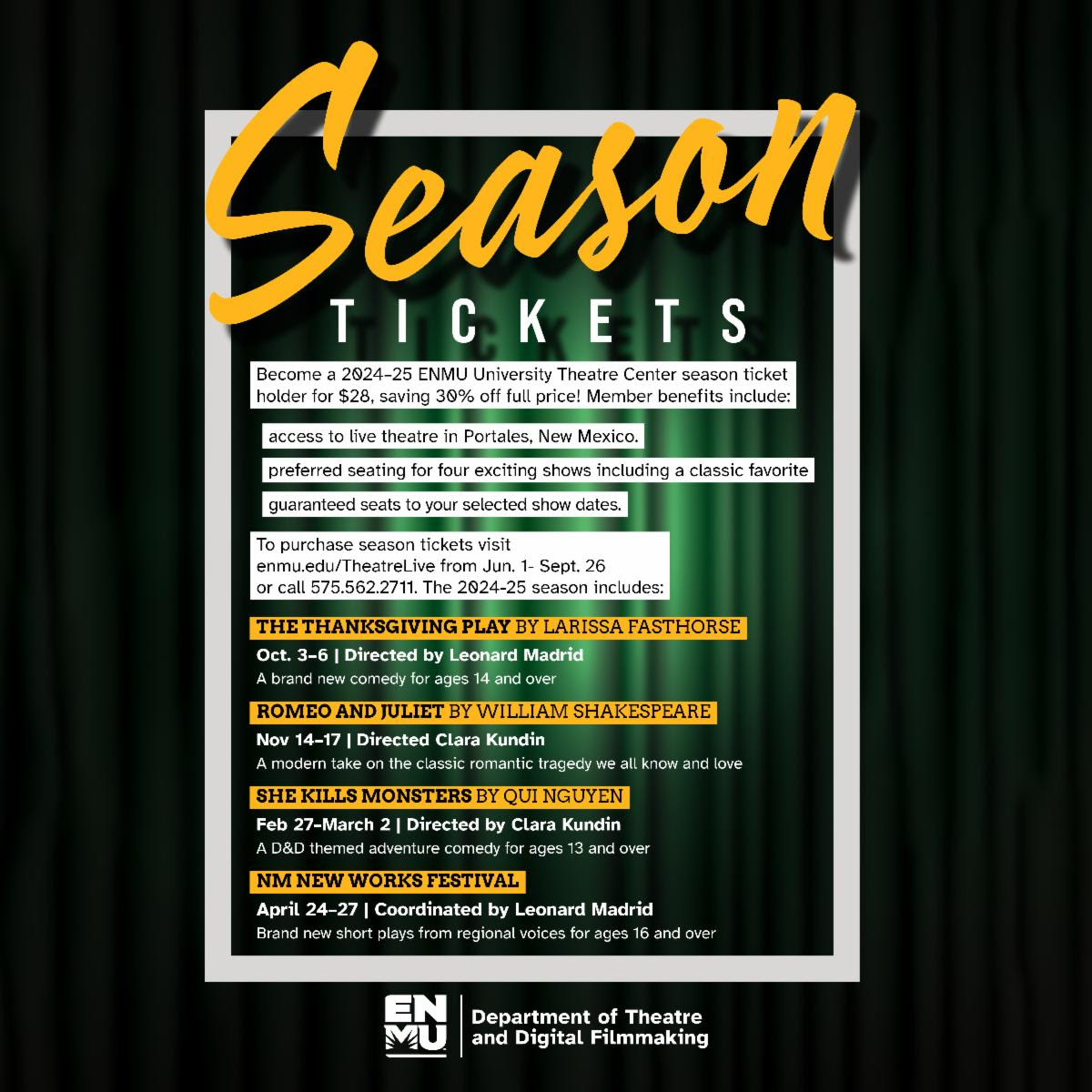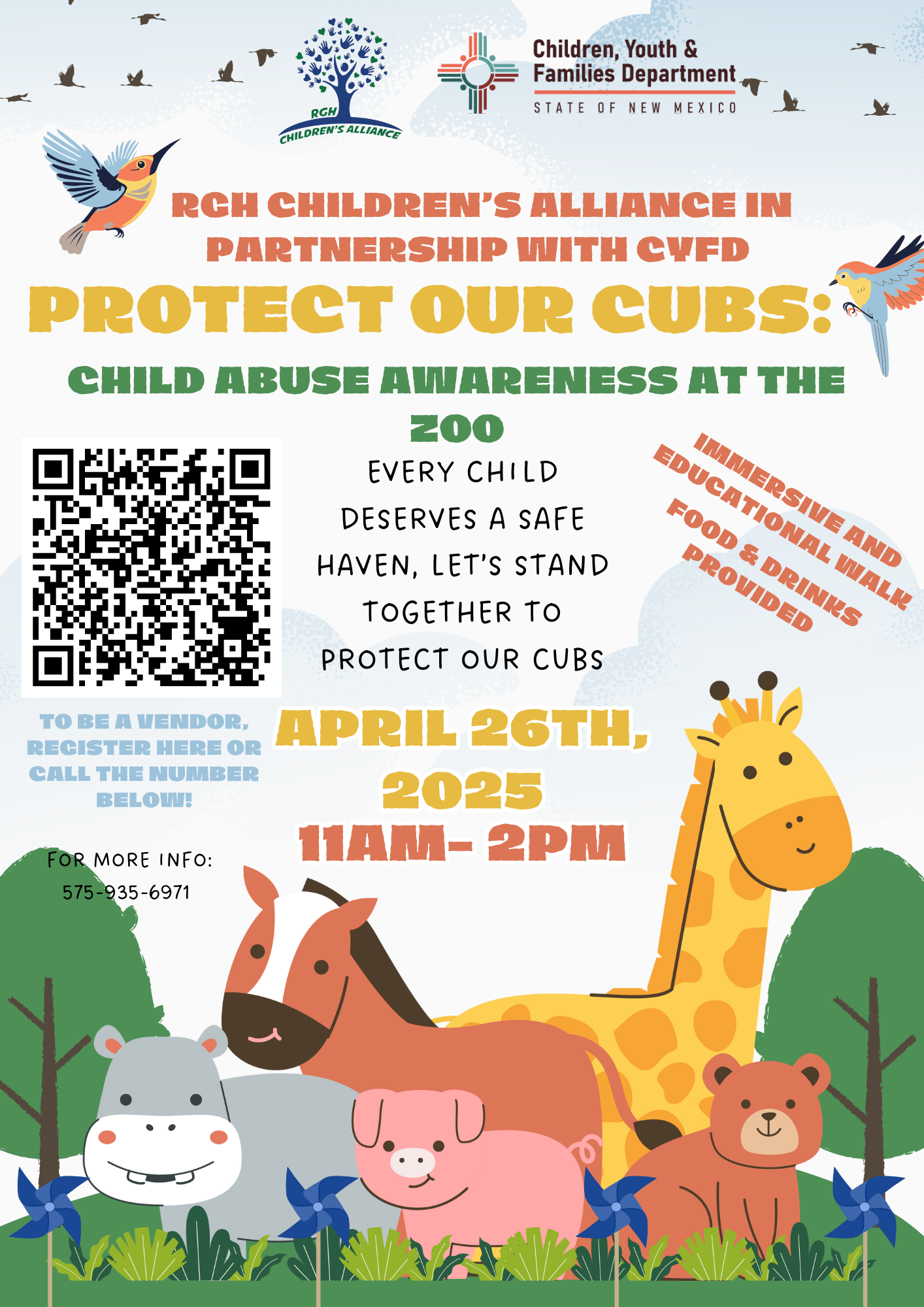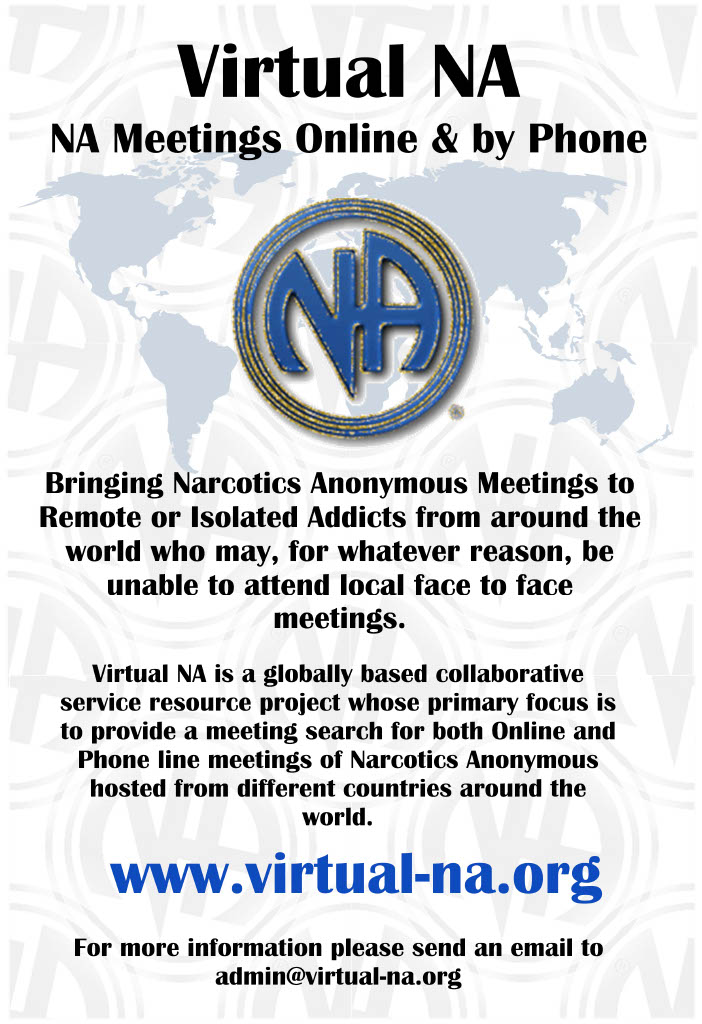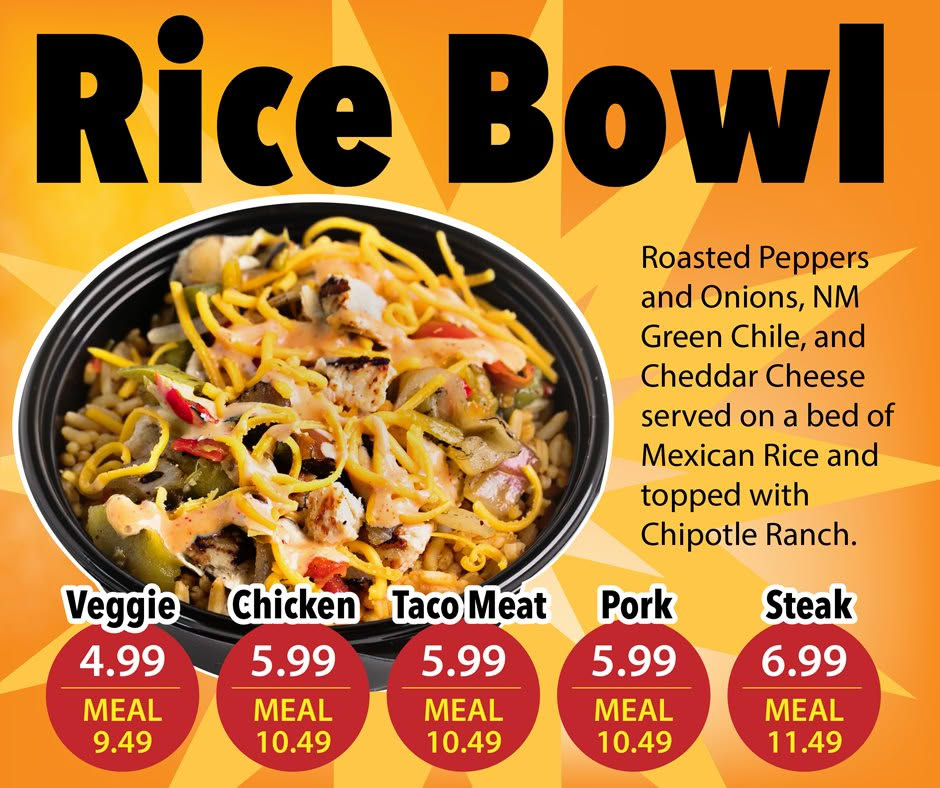Learn about the history of observing and tracking satellites in southern New Mexico at this month’s Culture Series presentation at the New Mexico Farm & Ranch Heritage Museum on Jan. 12 at 7 p.m.
What: The little-known history of satellite observation and tracking in southern New Mexico is the topic of the January Culture Series presentation.
Admission is free. Southern New Mexico has long been the home to incredible night skies. The astronomical “seeing” has provided many opportunities for scientific research. This presentation will discuss people, places and technology in our area that have played a significant role in satellite tracking and the space race. Topics include the International Geophysical Year or IGY, beginning on July 1, 1957, the launch of Sputnik 1 and Explorer 1 satellites, the beginnings of the world’s first satellite tracking station and satellite tracking program, and Moonwatch, a highly successful global satellite observation program.
Who: The Culture Series is organized and hosted by the Friends of the New Mexico Farm & Ranch Heritage Museum, and the speaker is Bill Godby of White Sands Missile Range. Godby grew up in Flint, Mich., attending the University of Michigan-Flint, receiving a BA in both anthropology and philosophy in 1993, followed by a master’s degree in 1999 from the University of Hawaii where Bill began his career as an archaeologist for the U.S. Army. Leaving Hawaii in 2009, Bill joined the cultural resource management team at White Sands Missile Range and has led efforts to document Cold War era resources, receiving the Governor’s Distinguished Heritage Program Award in 2018.
When: Thursday, Jan. 12, at 7 p.m.
Where: The Theater at the New Mexico Farm & Ranch Heritage Museum, located at 4100 Dripping Springs Road in Las Cruces.
Why: This lecture is being held in conjunction with the popular Museum exhibit, “Home on the Range: From Ranches to Rockets.” The exhibit tells the story of White Sands Missile Range and the dramatic transformation of the Tularosa Basin from ranchland to what would become WSMR.








